
Mahadji Scindia and Military Modernisation in Pre-Modern India
Mon, 06 Feb 2023 | Reading Time: 5 minutes

“The whole country from the Attock River to the Indian Ocean is Hindustan, not Turkistan, the land of the Turks. All that was now lost has returned to us by the invincible sword of our Patel-our Mahadji Scindia and indeed everyone who dares to raise their heads against us in Hindustan has been crushed by Mahadaji (Scindia).
– Govindrao Kale, Maratha ambassador in the court of Nizam in a letter to Nana Fadnavis
It so appeared that after aeons of slumber and lethargy an active India stood on it’s feet, when on 10 February 1771 a sturdy and burly Maratha, bearing the injury from Panipat on his leg, Mahadji Scindia or Shinde, conquered Delhi. He was just twenty-five years old when holy cities of Mathura and Vrindavan were conquered by him. This man became both the shield and the sword of the Maratha empire, going on to create an empire from Attock to Cuttack and Bharuch to Allahabad now Prayagraj, with an epithet “The Great Maratha” which was given to him by his biggest enemies the British, who saw their very existence in India, impossible if he lived. James Mill, British political scientist, economist, historian and intellectual wrote in his book “History of British India”, and I quote “Scindia(Mahadji), whose power had been so greatly increased, now exerted a decisive influence on the Maratha councils; and entertained designs of future grandeur, with which the ascendency, or rather the existence of English in India was altogether incompatible” and English intellectual Henry George Keene, wrote and I quote “ Amongst Asiatic public-men no name to match with Madhava ( Mahadji) Scindia” such was the power of Mahadji Scindia.
Swarajya
Scindias were flag bearers of the nationalistic, inclusive and progressive idea of Hindavi Swarajya that emerged from Maharashtra Dharma, a concept defined in the most precise and comprehensive manner by Justice Mahadev Govind Ranade in his book “Rise of the Maratha Power” and was championed in History by Chatrapati Shivaji Maharaj. As per James Mill Economist, Political Scientist, Historian and father of famous political scientist John Stuart Mill in his book History of British India “ Scindia(Mahadji), whose power had been so greatly increased, now exerted a decisive influence on the Maratha councils; and entertained designs of future grandeur, with which the ascendency, or rather the existence of English in India was altogether incompatible.” When Sabaji Scindia conquered Peshawar in modern Pakistan, and Dattaji Scindia Lahore, Ahmad Shah Abdali came to India to destroy this rising Scindia power in North India on the invitation of Najeeb Ud Daula the Nawab of Rohillas and a big enemy of Scindias and some other native Indian rulers.
The Battle of Panipat was fought between the Marathas and Afghans on 14 January 1761, though the Marathas lost and 16 members of the Scindia clan attained martyrdom yet they didn’t loose their aim that was to unite the entire Indian subcontinent under one flag as a single unit. The lone Scindia that survived from the Battle of Panipat was wounded to an extent that he limped for his entire life, he was Mahadji Scindia. As per Roper Lethbridge, Member of Parliament UK in “The Golden Book of India” “Mahadji Scindia, who was one of the greatest soldiers and cleverest statesman ever produced by India, greatly distinguished himself at the battle of Panipat in 1761; and taught by that disaster, he disciplined and strongly organised his army and in this way, he became really the ruler of Hindustan.”
Mahadji Scindia upheld an ideology very similar to the modern idea of “Ek Bharat Shrestha Bharat” and “Desh Ek Par Rang Anek” he not only resurrected the lost Maratha glory, but also created the base on which the ideology that guides Modern Indian Republic was built, he united fragmented Indian polity from Attock to Cuttack making the Mughal emperor his protectee and pensioner himself becoming the actual “Ali Jah” of India a term still found in Scindia crest. Peshwa’s Huzurat army was decimated in the battle of Panipat, the post Panipat Maratha resurgence was a Scindian initiative and endeavour. Mahadji Scindia had a rainbow coalition of “Jats, Gurjars, Sikhs, Rajputs, Muslims and others in his army that he called Fauj-E-Hind” using this army under Scindia’s Saffron Flag he defeated British not once not twice but multiple times, most famously in Wadgaon but also in Sarangpur, Sirsi, Kolaras, Shivpuri, Gohad and Prayagraj.
Fauj-e-Hind
India has embarked on the path of “Military Modernisation” and “Make in India” but our readers would be surprised to know that long before all this, Mahadji Scindia went on to do one of the first comprehensive military modernisation in India, by 1785, Scindia had ordnance factories in the Agra area. Maratha military culture derived from an elaborate military economy like that of Birmingham’s, in which skilled metal-smiths might as easily craft temple ornaments as artillery as per Professor Priya Satia of Stanford University. With the assistance of French and Portuguese military advisers, Scindia went on to create one of the finest armies in India—including the 27,000-strong brigade known as the ‘Deccan Invincibles’—supplied from Scindia’s arsenal at Agra as per scholar Emrys Chew. Mahadji Scindia had defeated the British East India Company in various battles and had taken some of their officers hostage, and the time came when Warren Hastings accepted the supremacy of Mahadji and on 6 June 1782 he transferred the suba of Bharuch in Gujarat, including the town, fort and port and Dabhoi in Gujarat to Mahadji (Jamers Forbes Oriental memoirs edition 2 volume 2 published 1734 chapter number 11), Baruch and Dabhoi was transferred by British to Mahadji Scindia.
Mahadji Scindia with his highly proficient army established Maratha power in Punjab and Haryana too. As per Michaul Edward’s book “The King of the World : The Life and Times of Shah Alam”, and S.C. Mittal’s book “Haryana, A Historical Perspective”, The troops of enemies of Mahadji Scindia capitulated to the Maratha forces. Ismail Beg was captured and imprisoned in the fort of Agra and put to death. In the mean-while, Mahadji ousted Bhattis and occupied Fatehabad, Rania and Sirsa. Mahadji Scindia divided the territories of Haryana into four parts, Delhi-It included the emperor’s palace and family and the surrounding area of Haryana; Panipat- It constituted the present districts of Karnal, Sonipat, Ambala and Kurukshetra ; and Hissar- It included Hissar and some parts of present district ; Mewat- It included Gurgaon, Rewari, Narnaul and Mahendragarh. In Western Uttar Pradesh Mahadji Scindia destroyed the power of the Rohillas regional allies of Afghans and went on to conquer, Najibabad, Bijnor the fort of Pathargad and whole of the region that we call Rohilkhand. Mahadji Scindia became a war winning machine and threat to all forces inimical to India, after Mahadji Scindia died, Colonel George Bruce Malleson, author of Final French Struggles in India and on the Indian Seas, called him the most far-sighted statesman India had ever produced who aimed to “unite all the native powers of India in one great confederacy.” Malleson wrote and I quote “Had he lived, Mahadji would have brought under one standard the horsemen and the French contingent of Tipu, the Powerful artillery of the Nizam, the whole force of the Rajputs and every spear which Maratha influence could have collected from Poona, from Indore, from Baroda and from Nagpur. ”
Patil-e-Hindustan
Mahadji Scindia was a national hero of high order, it is said about him that that he preferred being called a “Village Chief/ Patil” inspite of the fact that he ruled a huge empire. As per Sonali Pednekar and Mohsina Mukdam in their book History of the Marathas, Mahadji Shinde ( Scindia ) clearly understood the changing nature of Anglo-Maratha war. He realised that the main aim of the British is to subjugate Maratha territory and be the masters of the Western Coast. Mahadji urged Nana Fadnavis to win back Nizam and Bhonsle. Mahadji also tried to invite Bhonsle of Nagpur to attack Bengal ( along with Mahadji’s army ). Had Mudhoji Bhonsle responded to this idea then there was every chance of forcing Calcutta Government ( British ) into submission. Mahadji ( Scindia ) was the most powerful among Indian chiefs who championed the cause of India’s self-rule.
Mahadji Scindia was instrumental in Religious resurgence in India too, as a kid he saw his father Ranojirao Scindia reconstruct Mahakaleshwar Temple in Ujjain, highly influenced by that he throughout his life reconstructed several places of worship all across India from Somnath in Gujarat to Anand Swami in Maharashtra, from Pushkar in Rajasthan to Ujjain in Madhya Pradesh. The important fact was that Mahadji patronised places of worship irrespective of the faith it’s worshipers professed. Scindia family became nationally important from being regionally significant thanks to the effort of Mahadji Scindia. Mahadji Scindia’s life is an inspiration for all Indian people in general and Indian leaders in particular.
Arunansh B Goswami is a Historian and Lawyer.
Disclaimer
The opinions expressed in this article are the author’s own and do not reflect the views of Chanakya Forum. All information provided in this article including timeliness, completeness, accuracy, suitability or validity of information referenced therein, is the sole responsibility of the author. www.chanakyaforum.com does not assume any responsibility for the same.
Chanakya Forum is now on . Click here to join our channel (@ChanakyaForum) and stay updated with the latest headlines and articles.
Important
We work round the clock to bring you the finest articles and updates from around the world. There is a team that works tirelessly to ensure that you have a seamless reading experience. But all this costs money. Please support us so that we keep doing what we do best. Happy Reading
Support Us




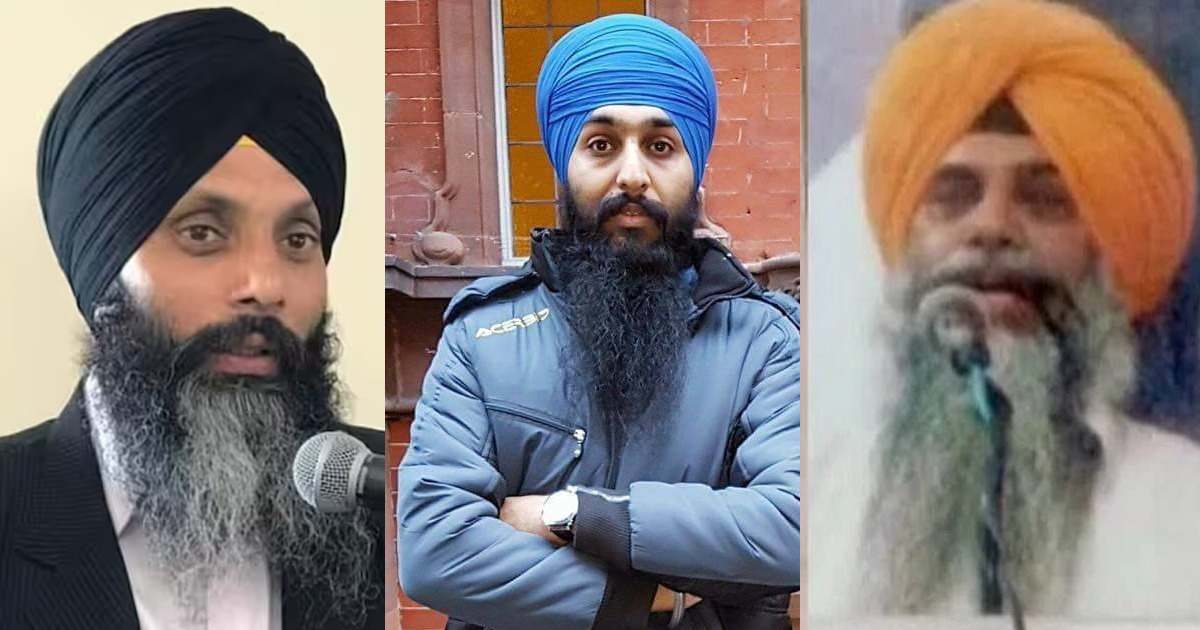


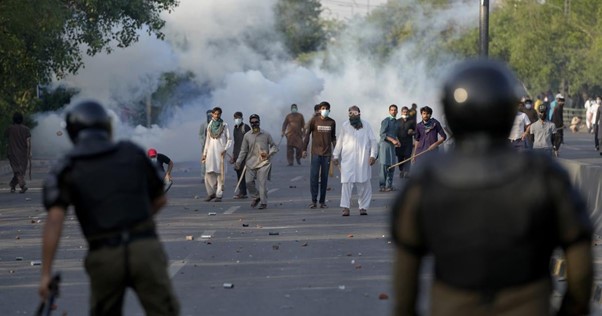

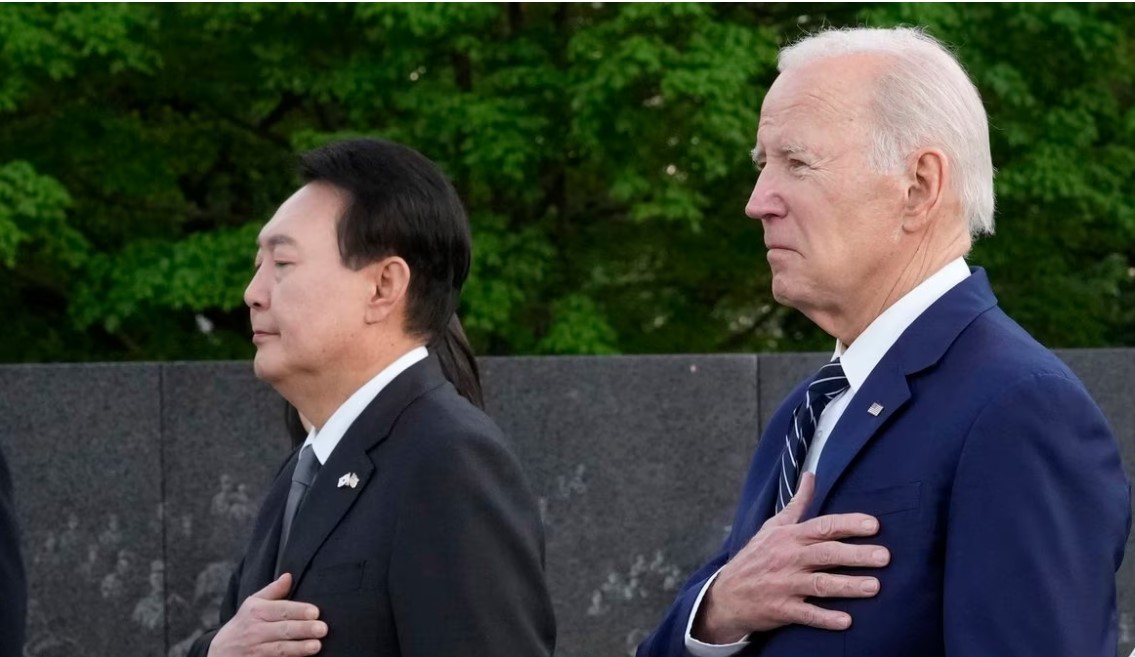

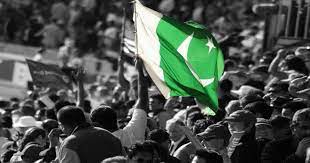
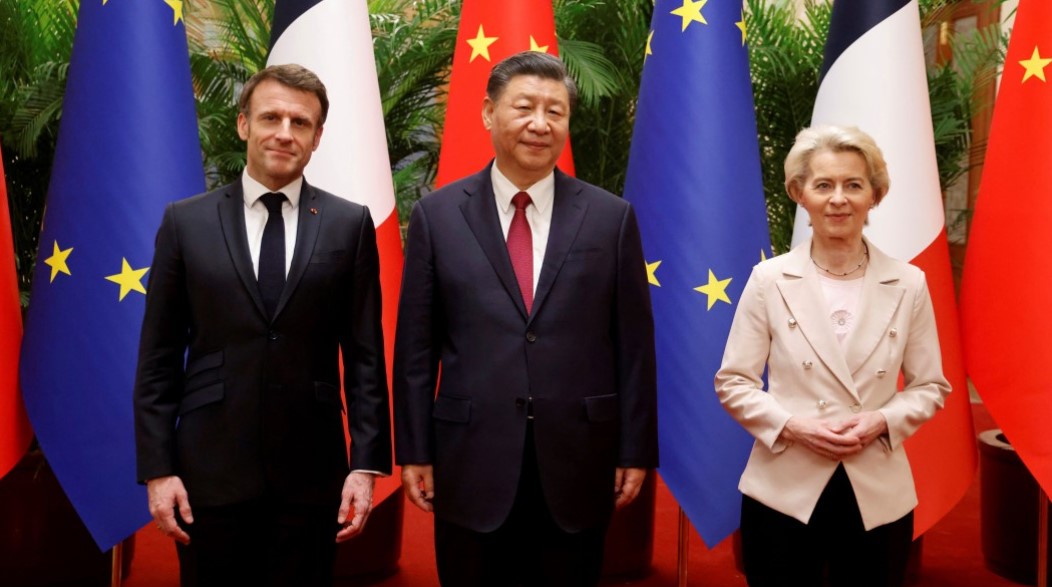







POST COMMENTS (0)